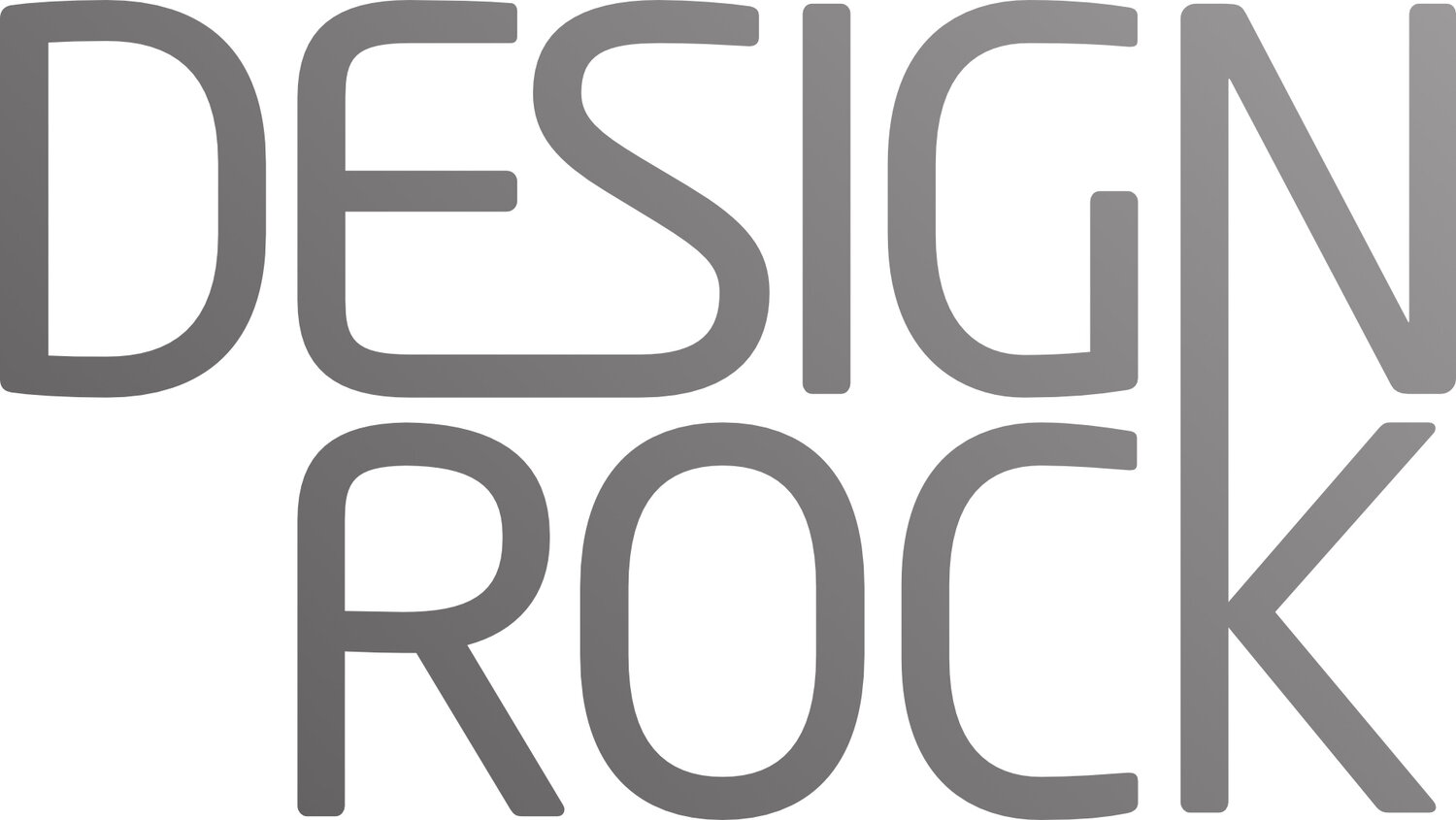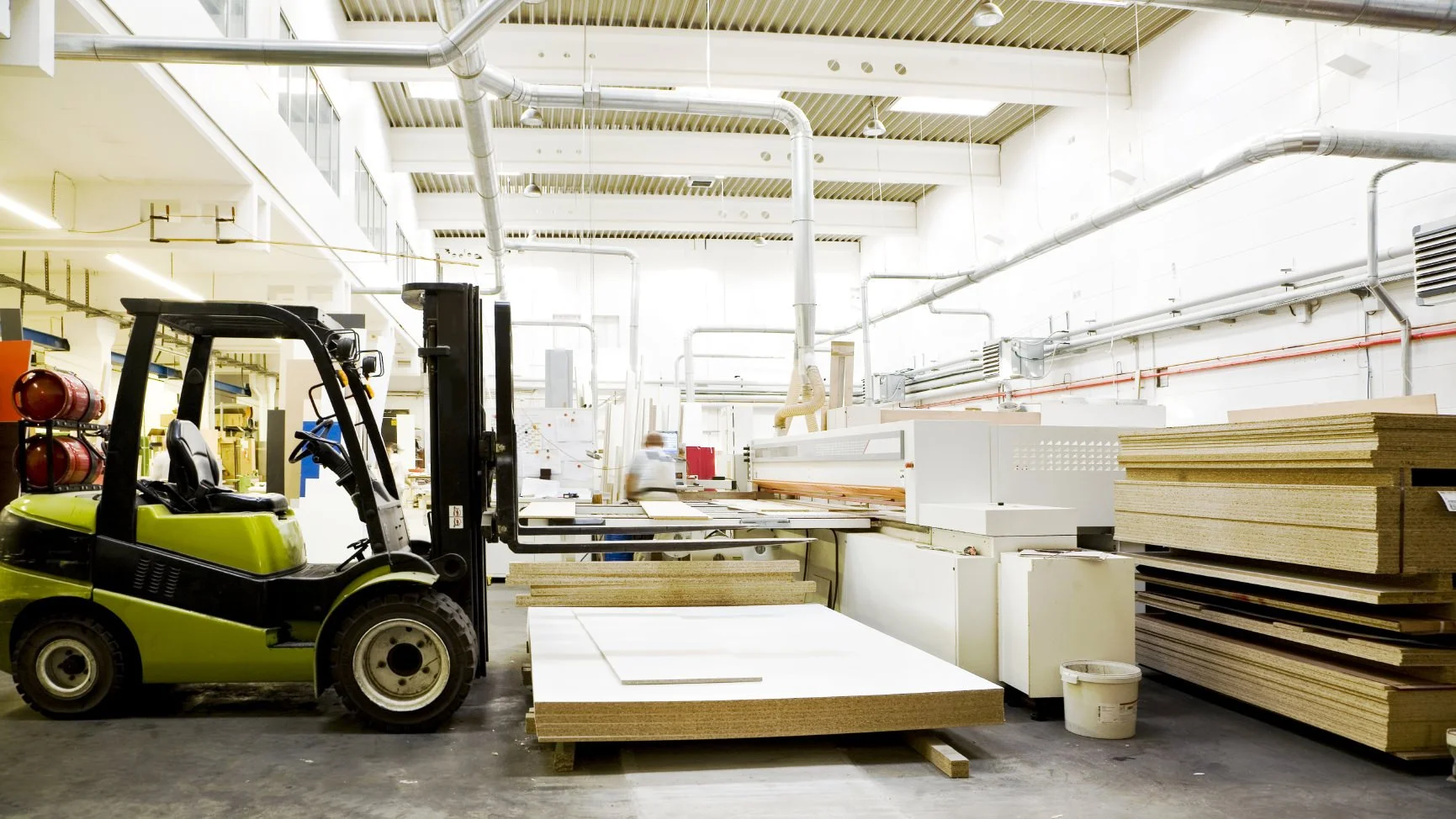Commercial design project management
Make your space work for your business - part three
So once you’re happy with the design concept for your commercial space and you’ve approved it, what next? How can you make sure that this concept is brought to life on time and on budget?
Ultimately, you want the design scheme to be built without compromise, faithful to the very last detail. You want the end result to look just like the design visuals you’ve signed off.
One way to ensure that your design is not compromised during the build stage is to select the right design partner. Some design agencies offer what they call a ‘full turn-key’ service. This means that they will design and also manage the build for you. They’ll handle everything from planning issues, to the design and complete fit out of your restaurant or shop - from the exterior branding and signage to the interior lighting, furniture, furnishings and fittings. And the result? A venue, shop or office with an authentic personality that instantly communicates the integrity of your business offer.
Employing the services of an agency with this capability has several benefits. They will have long established networks of trusted specialist suppliers, for example, guaranteeing you preferential rates and helping to avoid unnecessary and costly time-wasting.
But there are a few other things to consider:
Communication really is the key
Living as we do now in an over-communicated society, good old-fashioned dialogue has to be open and forthcoming from the outset, with crystal clear lines of responsibility established. Potential errors need to be preempted and oversights dealt with swiftly. Only then will your project run smoothly from the design concept stage right through to completion of the build.
As the client you will obviously have a considerable input in terms of decision-making. Whether its yourself or another member of your business team, the design agency will need a dedicated contact; someone who they are able to liaise with, someone who will represent your company effectively and who you can trust to make decisions as and when necessary to keep the project on track.
Every orchestra needs a conductor!
The design agency will assign you a dedicated project manager. There are huge benefits to this. Their sole priority will be to see that your design concept is built and delivered without compromise. Overseeing all aspects of your project, they’ll regularly monitor project progress adopting both a proactive and reactive approach to ensure that agreed financial budgets and time schedules are adhered to.
Taking the Murphy’s Law view that if anything can go wrong it will go wrong is probably a little extreme, but it is nonetheless really important to plan for potential hitches and hold ups. So expect your project manager to carry out any risk assessments and ensure that there is a contingency allowed for in both your budget and your build schedule. They will also build in review dates throughout the process and keep you informed if the project does start to fall behind schedule or start to run over budgeted costs.
Now would be a good time to refer to those targets you outlined in your design brief (see Part 1 On your marks..!), that way you’ll be able to evaluate your investment in design and track its impact. Your design project will be measured on cost, quality and the time it takes to complete. If planning is lacking, the process is rushed and corners are cut, it will always be at the expense of one of the other three.
Control Costs
“If you want the very best quality, expect to have to wait and pay for it. If you want something cheap, expect that it'll be shoddy and still take a long time” ~ Kevin McCloud
Very true! Good, effective design takes time. And it costs! A design solution that’s cheap in the short-term may not deliver in the long run. With a little more investment upfront, you could significantly increase the likelihood of your interior design contributing to sustained business success.
But by the same token don’t expect the most expensive solution to always be the most effective one either. Both your designer and project manager is there to advise you as to how you can meet your project objectives, often through spending less.
The Impact of Design on Your Business
Once your project is complete, take the quantifiable targets that you set out in your detailed design brief and evaluate the finished project against them. Are you receiving fewer complaints about your service than before? Are your staff more motivated, effective and productive than previously? Have you seen an increase in footfall? Are you finding more customers are using your service or buying your products? Have you seen an increase in your market share? If so, by how much?
“Every £100 a design alert business spends on design increase turnover by £225” ~ Design Council
Now that’s a decent return. It’s been widely proven that businesses choosing to invest in design do go on to out-perform their peers. In 2007 the British Design Council published their Added Value Research, which found that companies choosing the design-led route are much less likely to have to compete on price - whereas two thirds of companies who ignore design have to do just that!
Further research carried out by the Design Council in 2008 found that on average it takes only 20 months for design projects to pay back the financial investment. Another key finding of this particular research was that 83% of companies in which design was integral had enjoyed a market share increase, compared to the UK average of 46% during the same period.
It’s very difficult to be indifferent to these statistics! Increasing investment in design is clearly likely to have a significantly positive impact on revenue growth and bottom line profit generation.
And what of the perception that ‘design’ is expensive - we would argue that that’s a fallacy. On the contrary, design is a high value business device and as such makes for a sound long-term investment.


